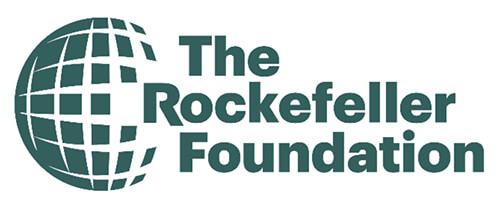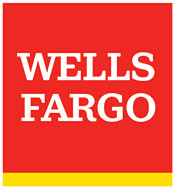Begin with a landscape analysis.
- This analysis should cover relevant existing policies, programs, and stakeholders; the existing building stock in your locality; the relationship between communities and local governing entities; the current energy efficiency workforce; and the capacity limits of potential partners.1A supplementary approach to landscape analysis may include ”ecosystem mapping.” An ecosystem map is a visual representation of a process, flow, or system that highlights relationships in a particular context. Ecosystem mapping can help identify the scope of the project and ensure feasibility of the chosen strategy. See link in Additional Tools for more information. National Democratic Institute. “Module: Ecosystem Mapping.” ndi.org/sites/default/files/3.%20Ecosystem%20Mapping.pdf
Design equitable engagement activities.
- Design engagement activities in partnership with community-based organizations (CBOs), affordable housing agencies, and other local experts and practitioners. Understand the difference between community and stakeholder engagement and undertake intentional and inclusive engagement that builds shared vision and capacity with the community.
- Center marginalized and underrepresented groups in all engagement and ensure that their perspectives are reflected in the leadership and decision-making structure of the planning process.
- Compensate community-based organizations and community members involved in the planning process. Identify and address barriers to participation by providing childcare, meals, and transportation to and from meetings. Choose accessible meeting times and locations.
- 1A supplementary approach to landscape analysis may include ”ecosystem mapping.” An ecosystem map is a visual representation of a process, flow, or system that highlights relationships in a particular context. Ecosystem mapping can help identify the scope of the project and ensure feasibility of the chosen strategy. See link in Additional Tools for more information. National Democratic Institute. “Module: Ecosystem Mapping.” ndi.org/sites/default/files/3.%20Ecosystem%20Mapping.pdf
- 2NB: There is a cost for Greenlink Analytics' services.
- 3NB: This resource focuses more on landscape analysis as a participatory research method and is thus geared towards an academic audience.








